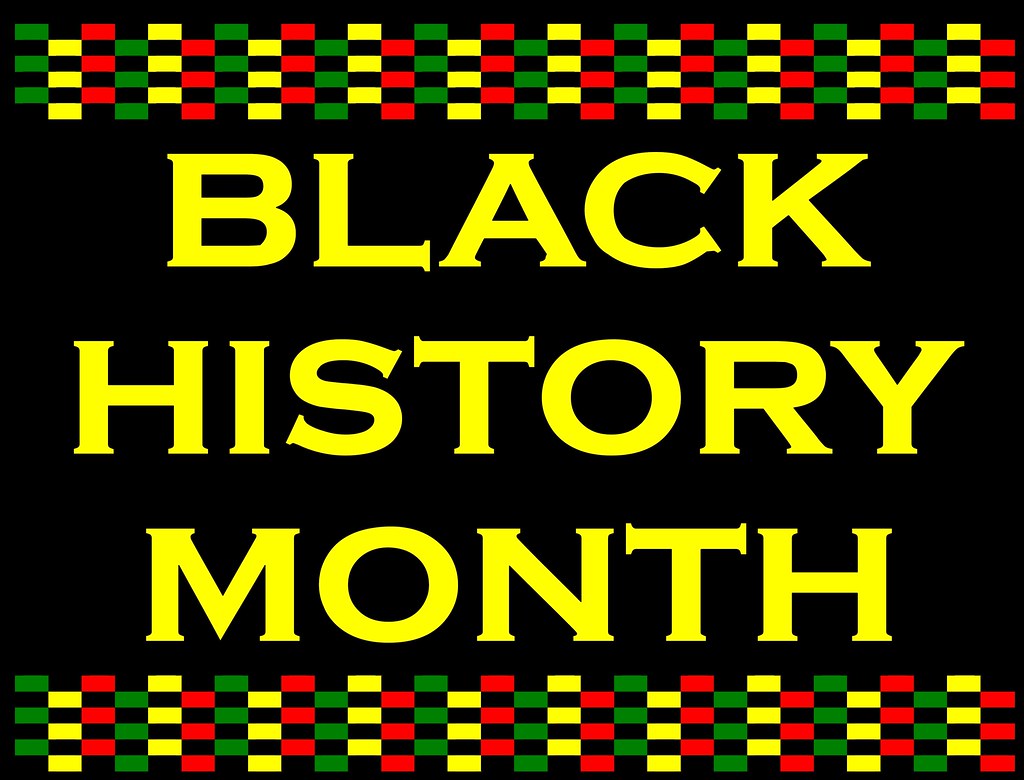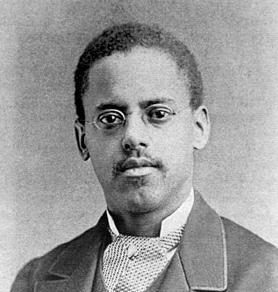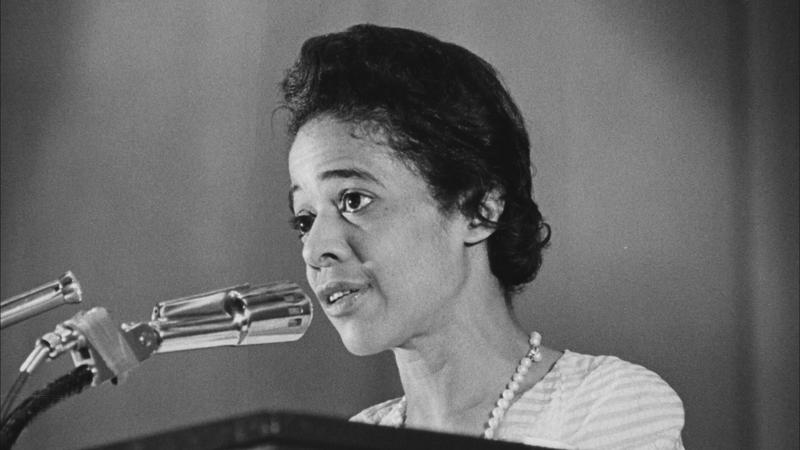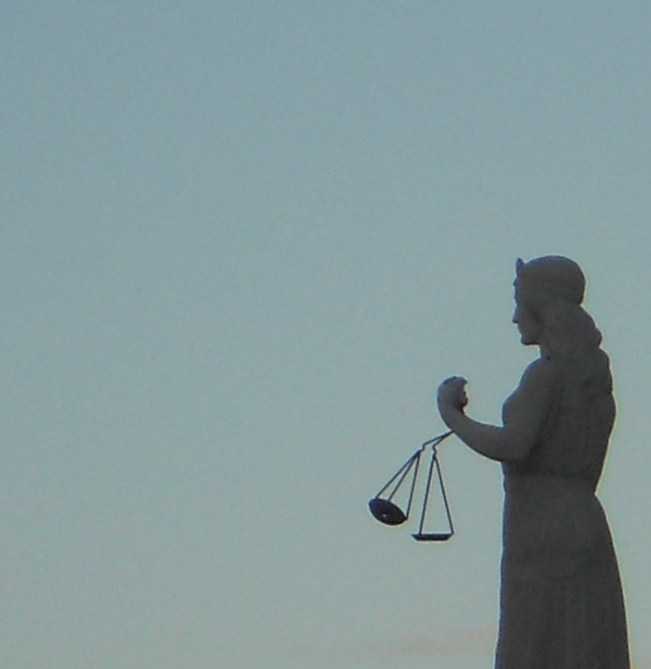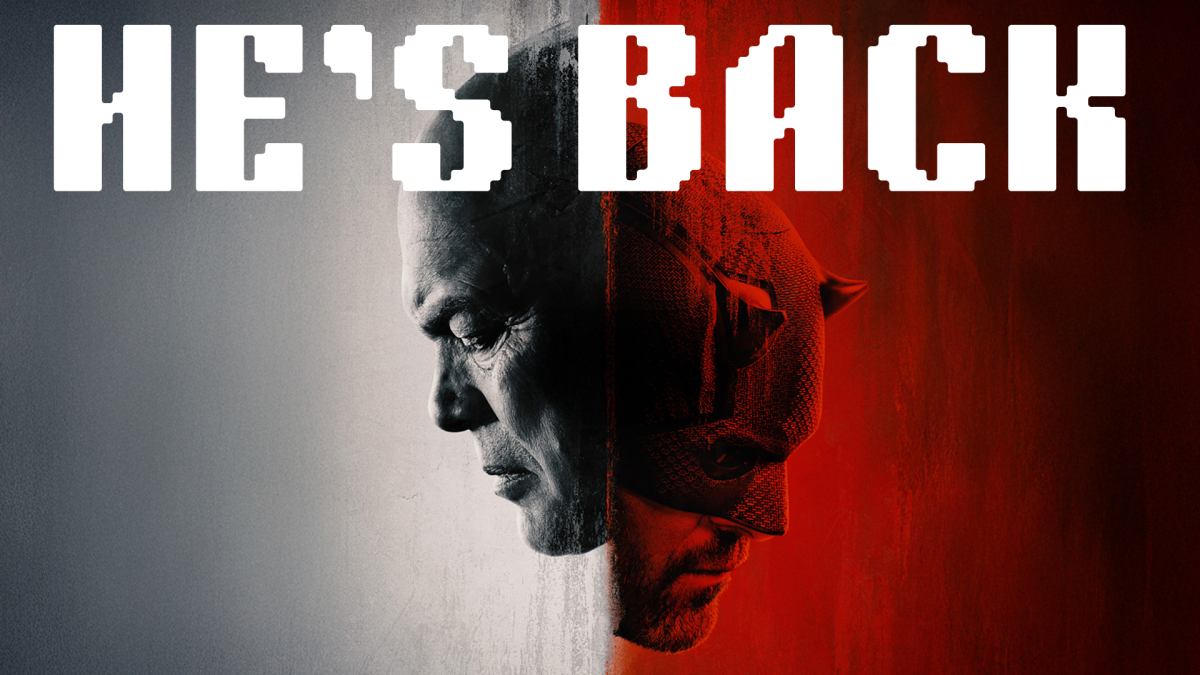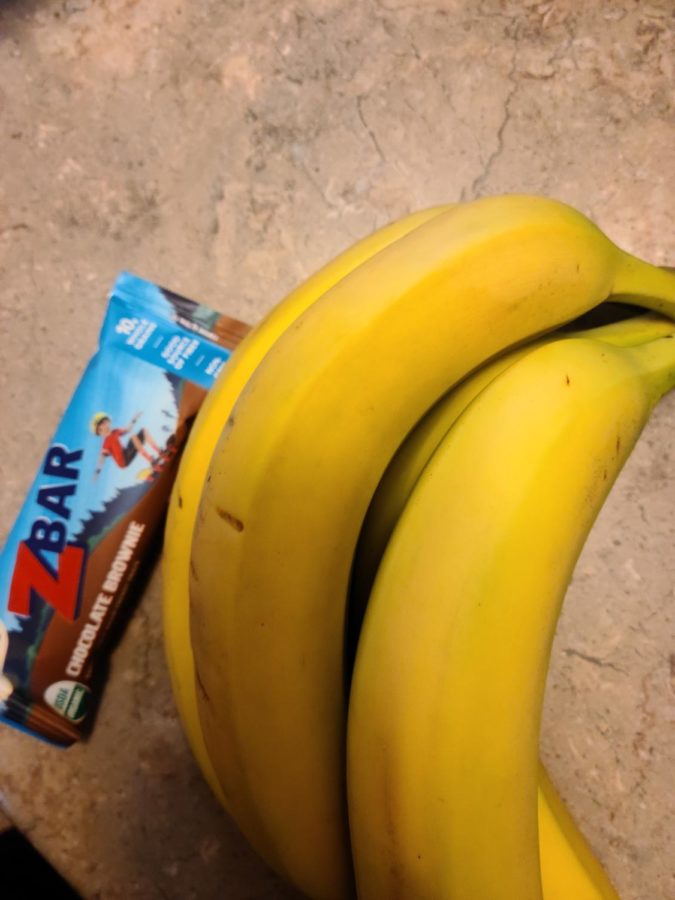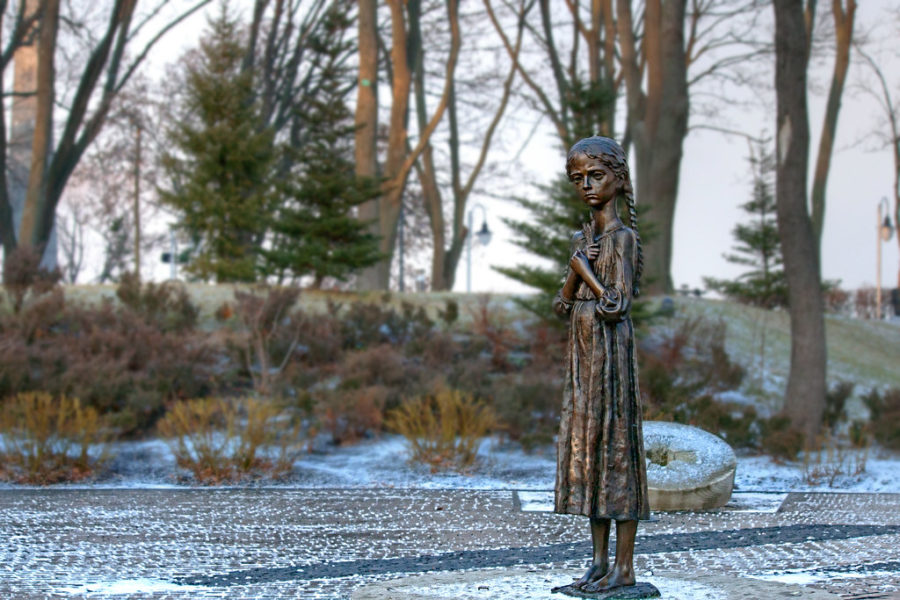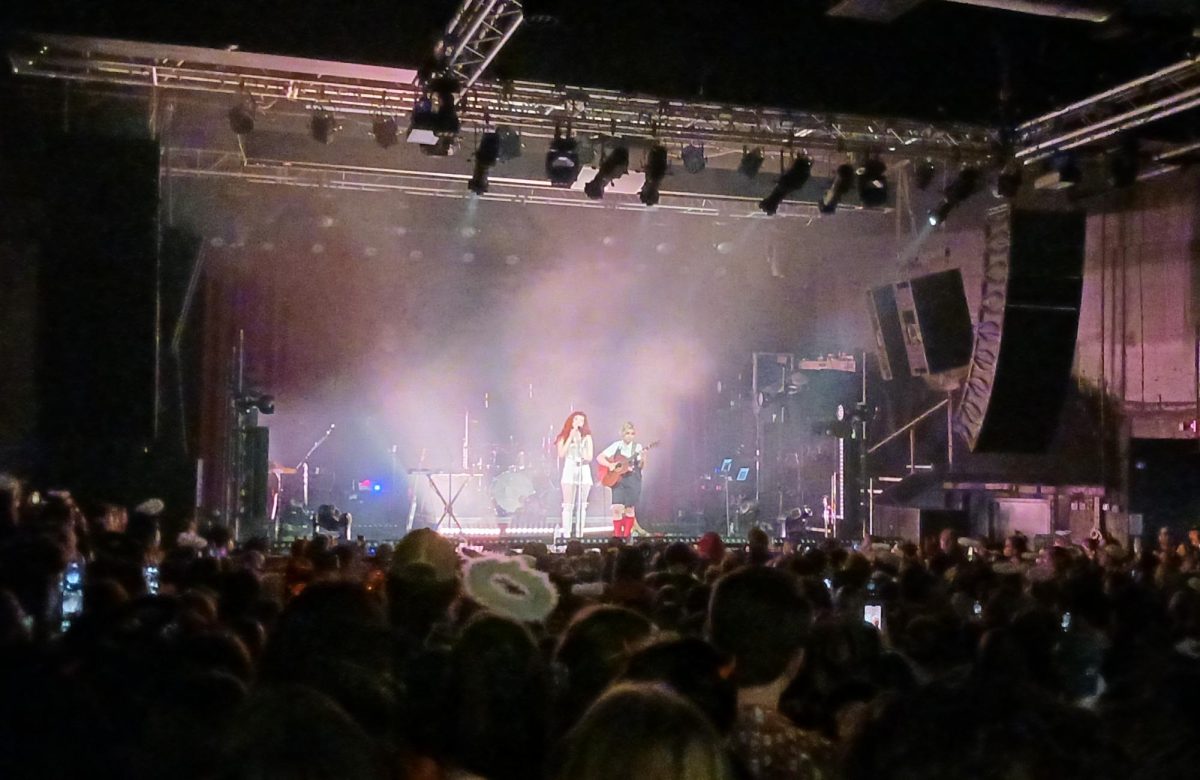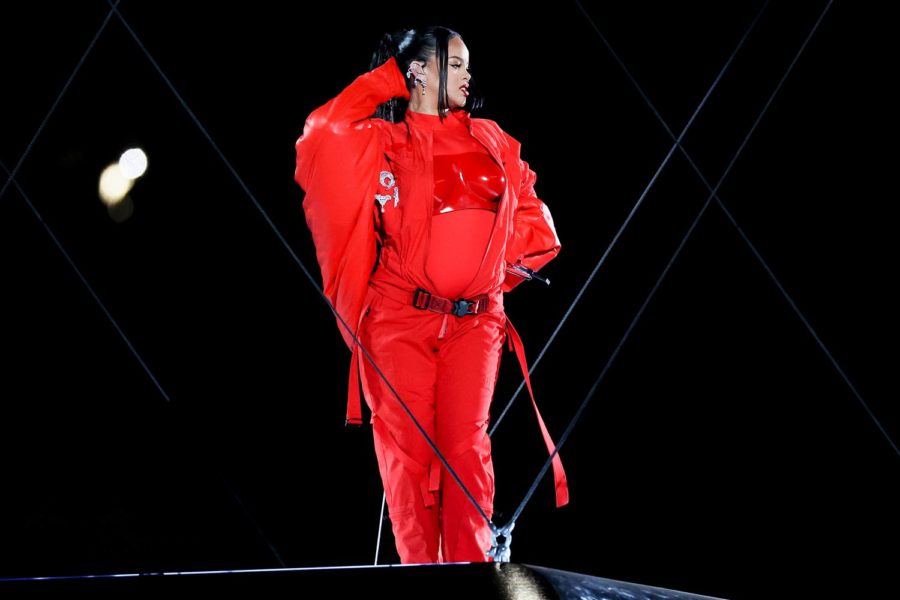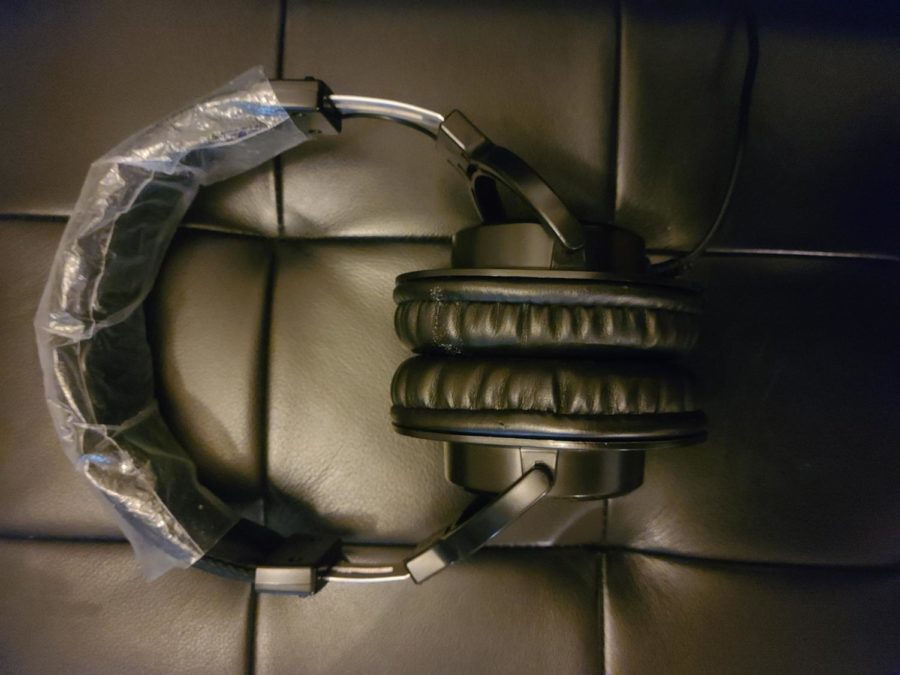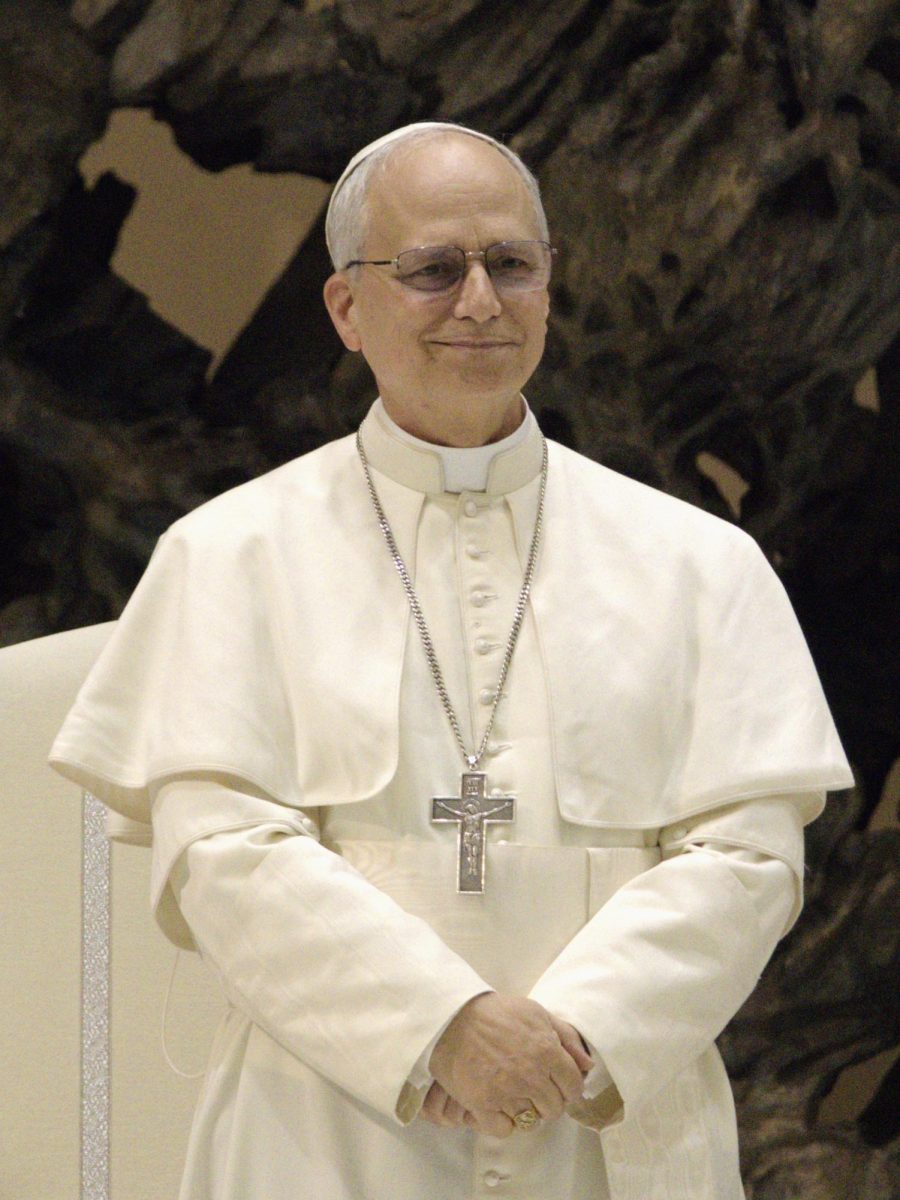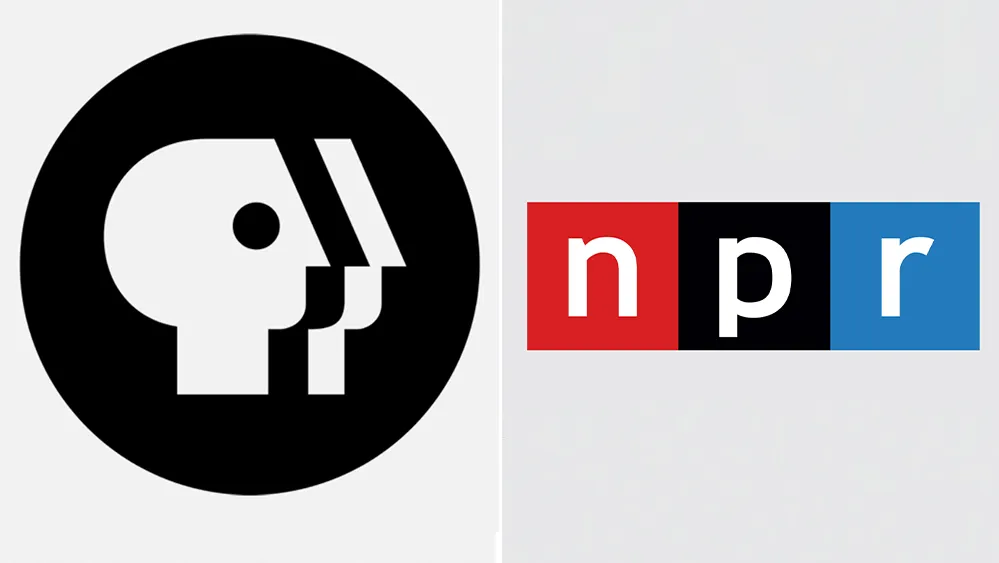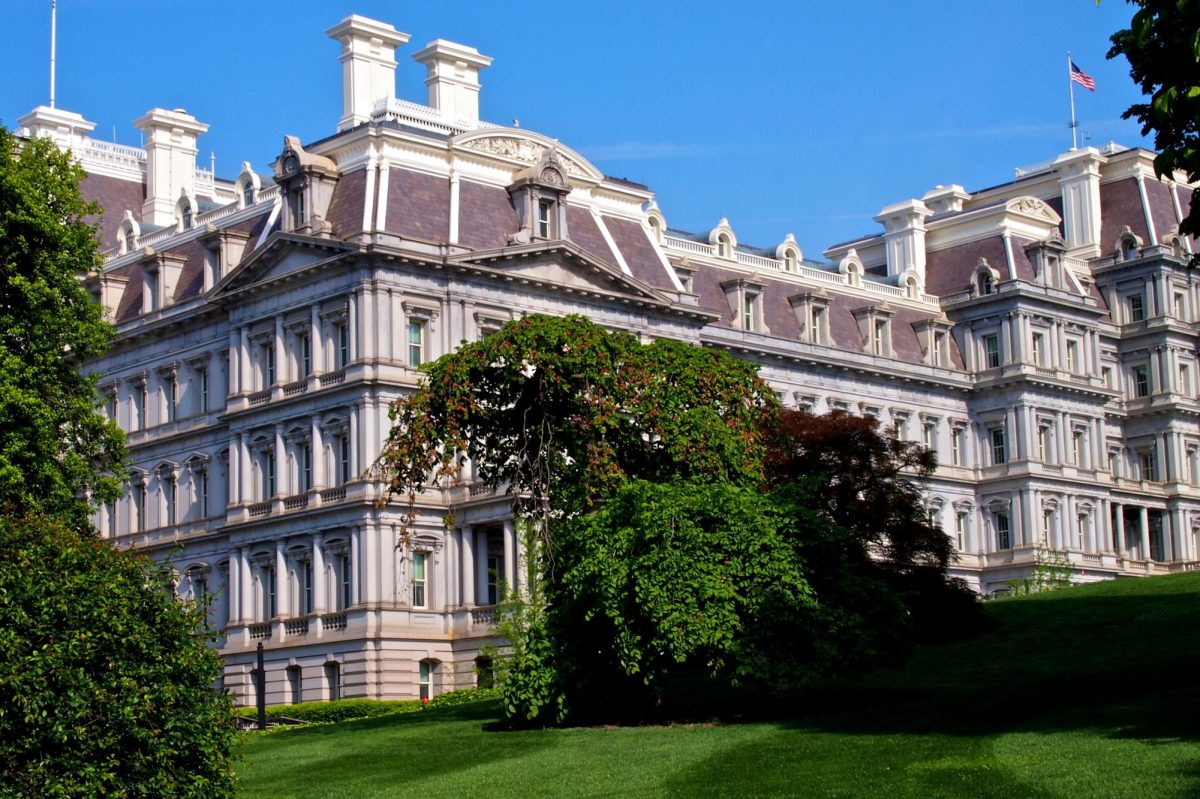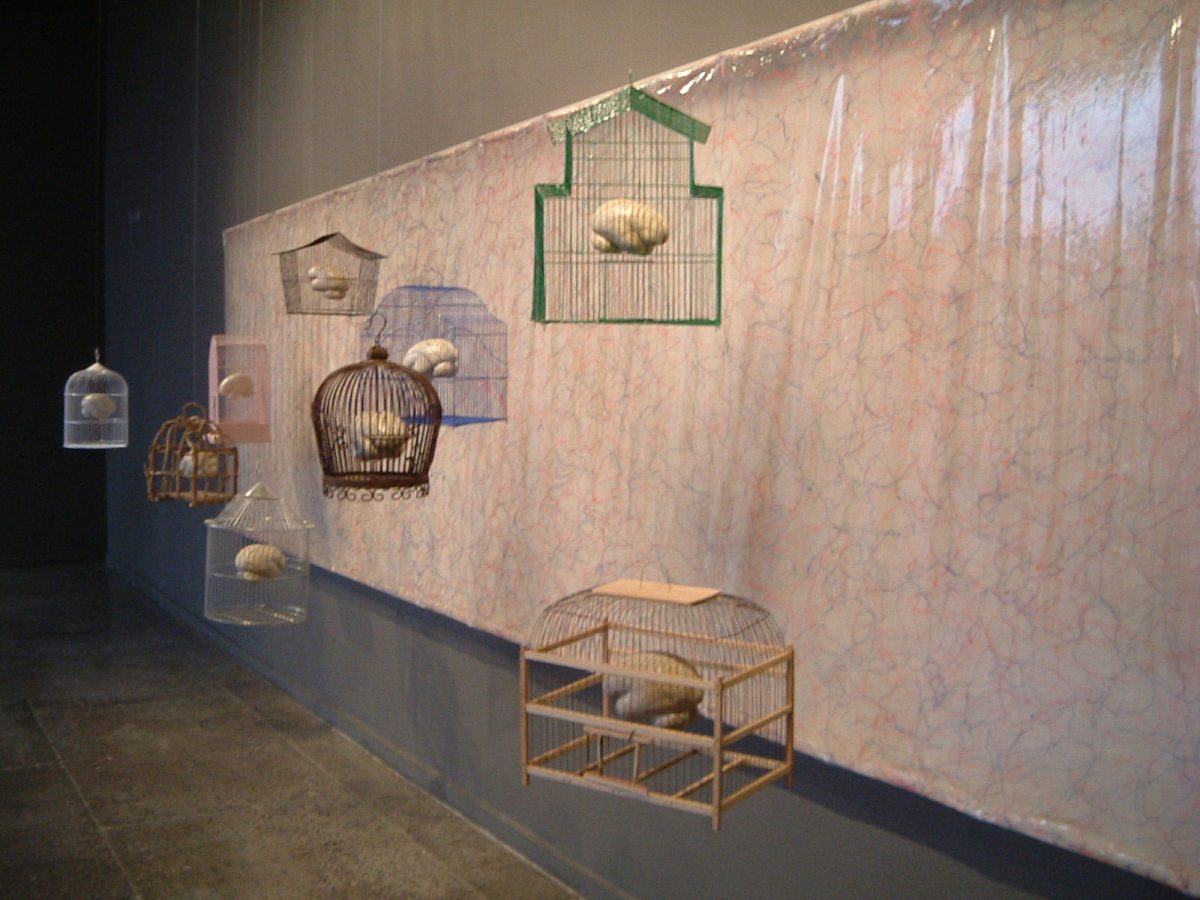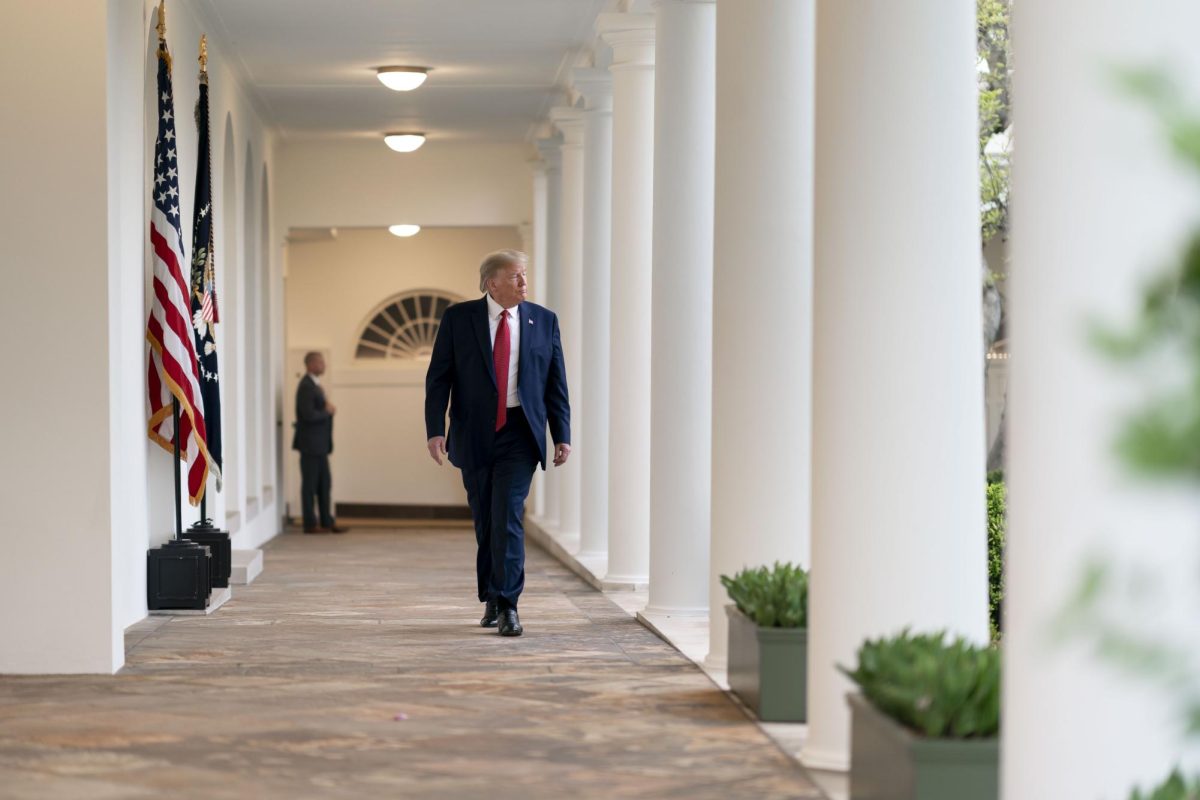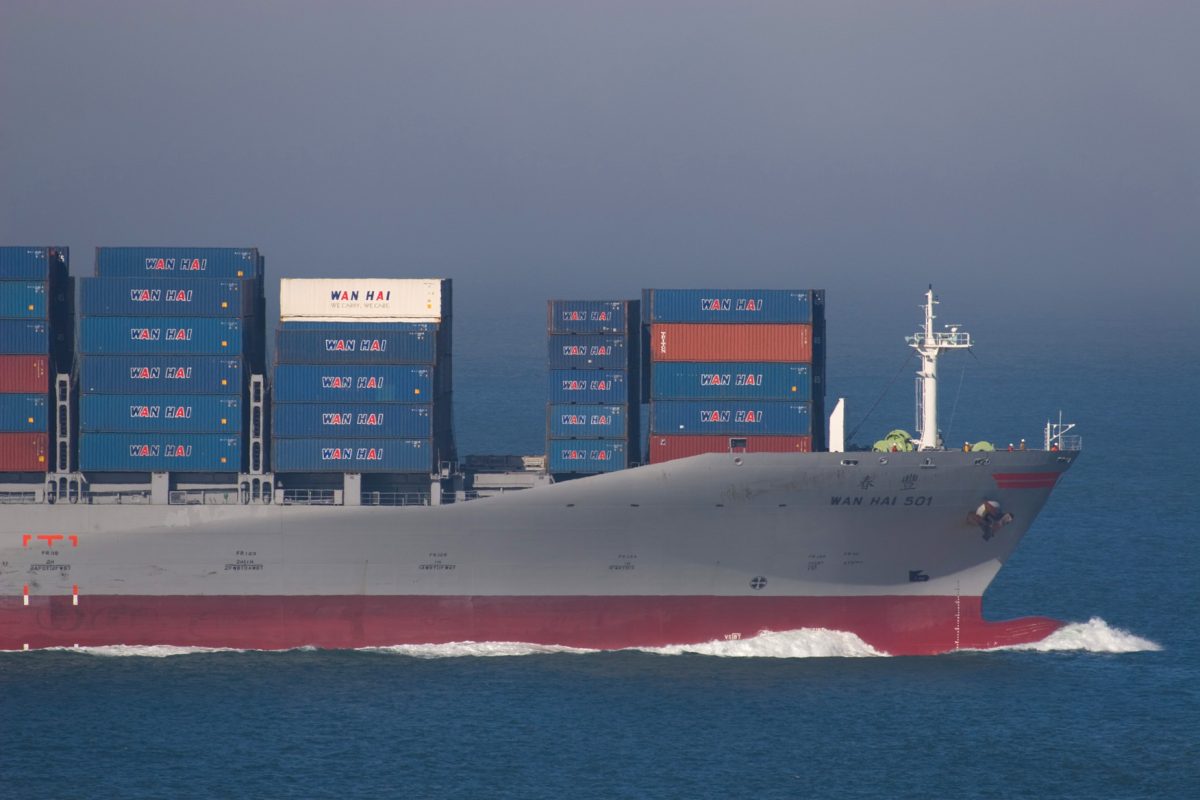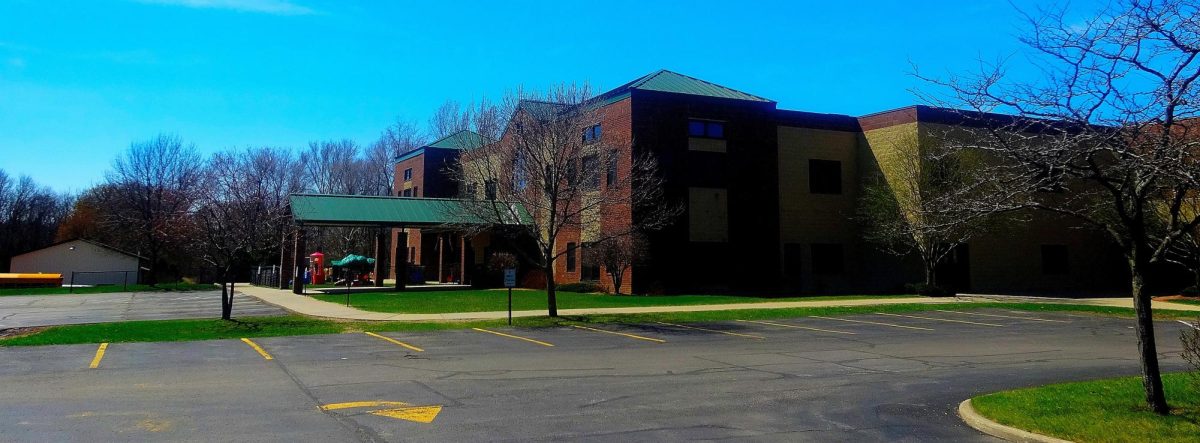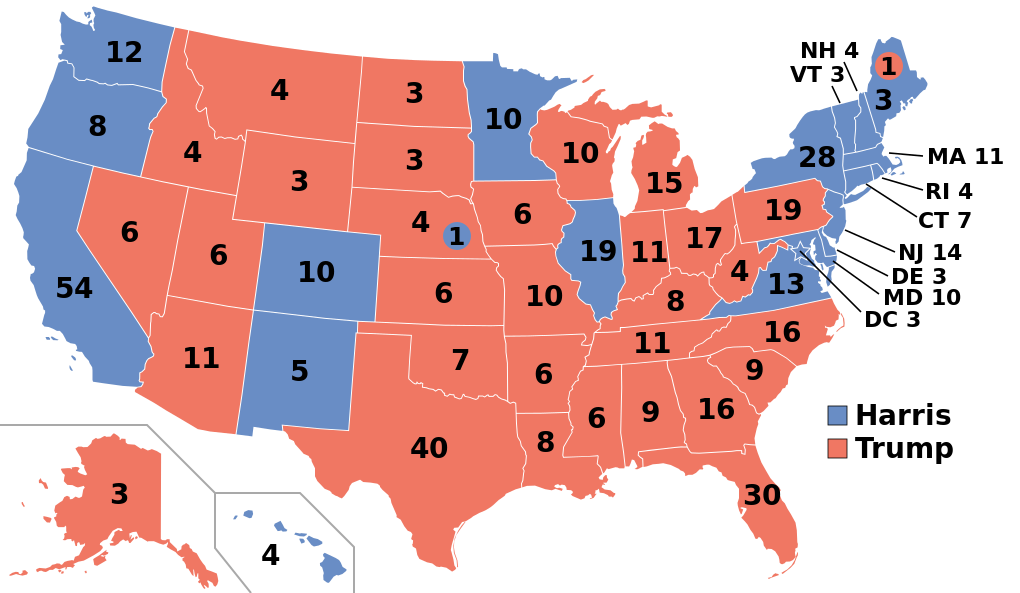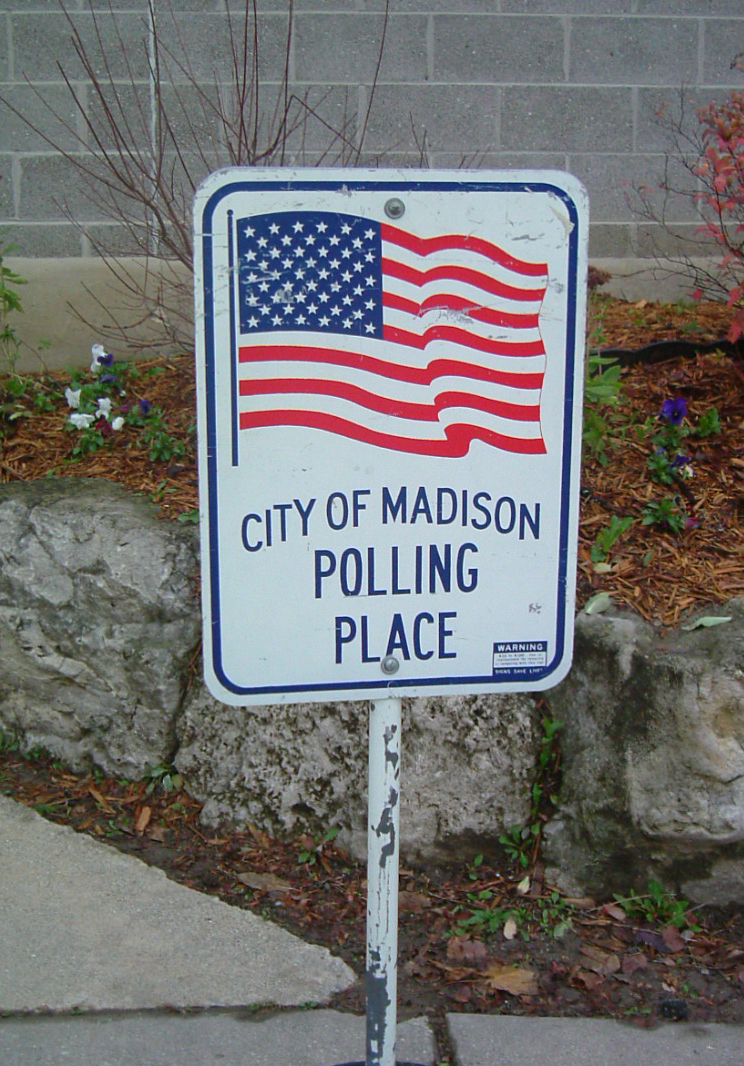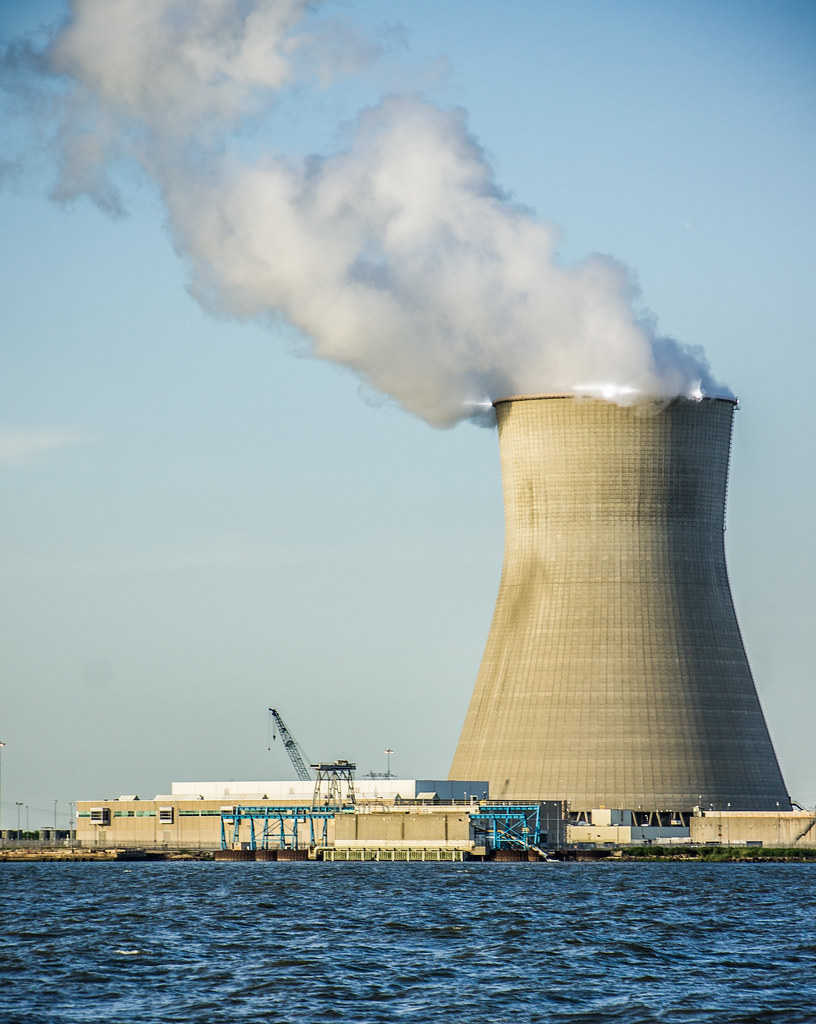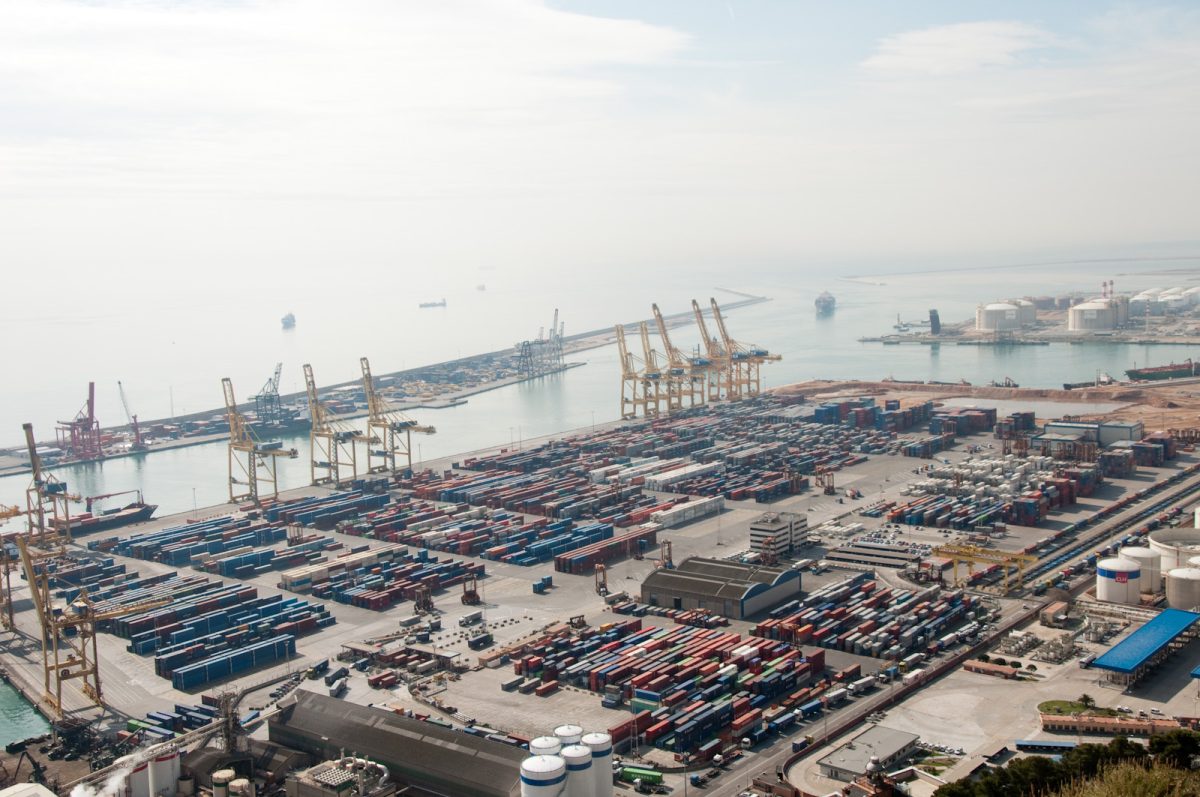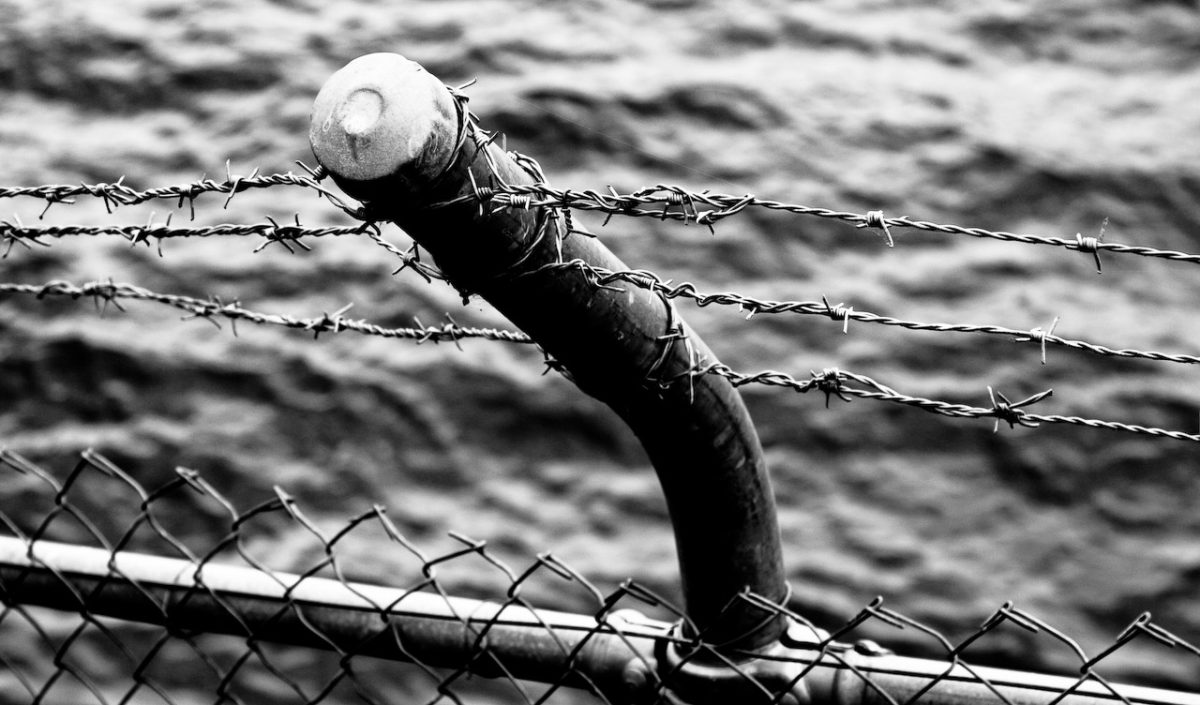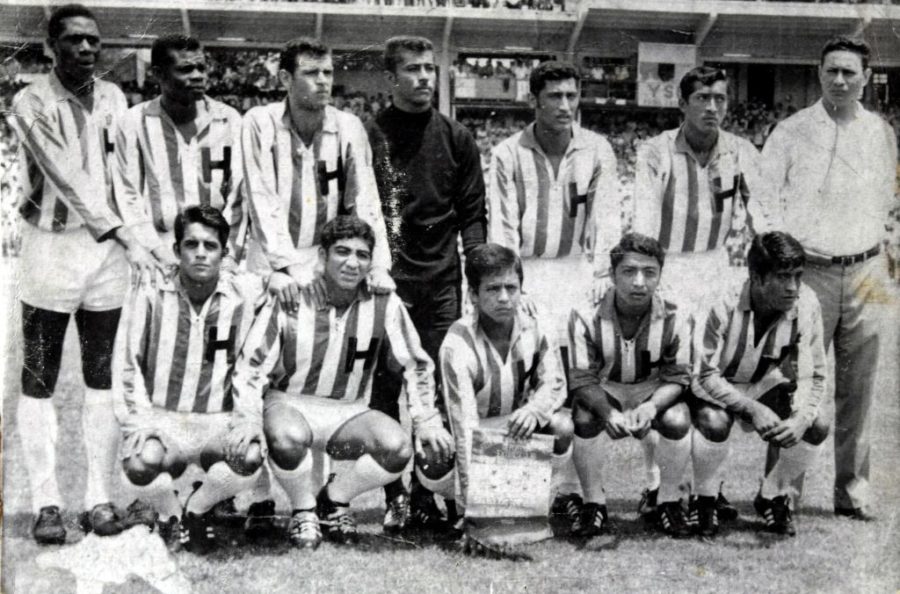How Did Football Start an Actual War?
December 13, 2022
The final whistle signaled the end of regulation at 2-2 between Honduras and El Salvador in Mexico City Azteca Stadium on June 27, 1969. Qualification for the 1970 Mexico World Cup was at stake in this qualification playoff match between both countries, a competition neither had participated in before.
As the critical match drew in its final minutes in extra time, Mauricio “Pipo” Rodríguez scored for El Salvador and won the match 3-2, but never did he or any players on the pitch know that these two countries would be at war within three weeks, in a 4-day long conflict called the Football War.
Also known as the Hundred Hours’ War, the Football War would result in thousands of deaths over four days before a ceasefire was negotiated. Although the name suggests the conflict arose due to the playoff match between Honduras and El Salvador, the roots of the war go much deeper.
Throughout the 1960s, Honduras and El Salvador experienced growing tensions over immigration and demographic problems. El Salvador, a country roughly the same size as Wales, had around 3 million people in 1969, with the landowning elite dominating the country, leaving no land for poor Salvadoran farmers. On the flip side, Honduras was five times as large as El Salvador but had just over 2 million people, similarly controlled by the small landowning elite.
As a result, Salvadoran farmers began migrating to take advantage of the land abundance in Honduras, with the number growing to roughly 300,000 by 1969. At the same time, resentment boiled over the Honduran peasants who noticed the mass migration of Salvadorans in an already fierce competition for land against the Honduran elite. Although a land reform act was passed by the Honduran government to resolve this situation, it did little to ease tensions, as landowners called for military action against migrants, while new reports about persecution and allegations of murder surfaced.
Amidst the growing resentment, these countries met in a series of qualifying matches on the football pitch to decide a spot in the 1970 World Cup. The first match was hosted in the Honduran capital of Tegucigalpa, where Honduras scored a last-minute goal to seal a 1-0 victory against El Salvador. However, the El Salvador team was kept awake by Honduran fans the night before the first encounter, and when their second match took place in San Salvador, Salvadoran fans did the same to the Honduras team. There even exists rumors that diarrhea-inducing drugs were mixed into the meals of the Honduran team… for obvious reasons.
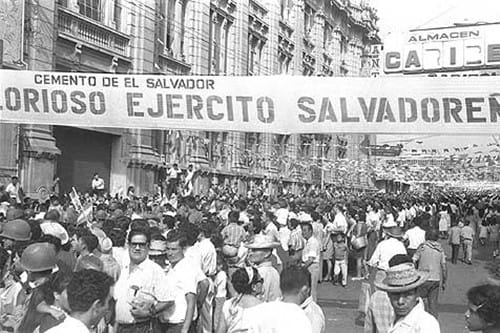
Ultimately, El Salvador managed a swift 3-0 victory, but fan rioting and violence had reached their highest point between these nations, as their third qualification match was underway. While El Salvador won this historic match to qualify for the nation’s first World Cup, border conflicts continued to escalate, as El Salvador claimed thousands of Salvadorans had been forced to flee from Honduras. On July 14, El Salvador ordered its military to invade Honduras. What ensued would be a four-day war, leaving over 3,000 Honduran and Salvadoran civilians dead and a mass displacement of 300,000 Salvadorans.
The El Salvador-Honduras match in 1969 highlighted that football is not only a sport that fans will die supporting but powerful enough to ignite fierce wars.




